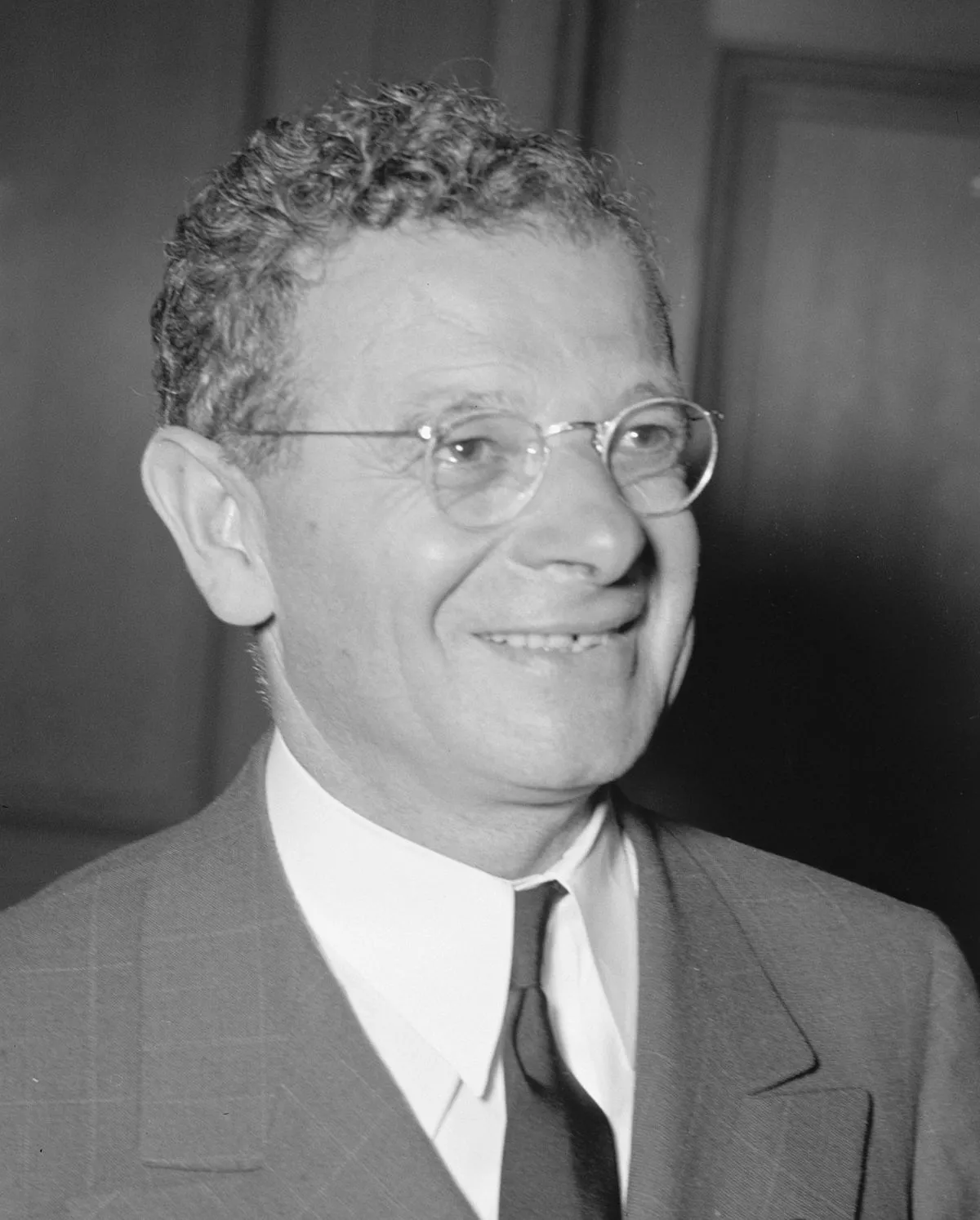 1.
1. Sidney Hillman was the head of the Amalgamated Clothing Workers of America and was a key figure in the founding of the Congress of Industrial Organizations and in marshaling labor's support for President Franklin D Roosevelt and the New Deal coalition of the Democratic Party.